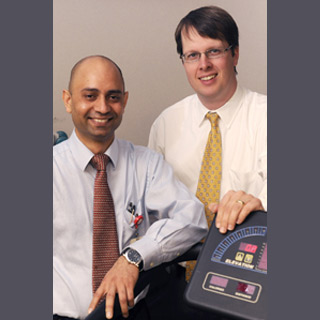
During the studies, it was pointed out that that how fast a middle-age person can run a mile can enable doctors to anticipate the risk of dying of heart attack or stroke decades later for men. This test can presumably serve as an early indicator of cardiovascular disease for women. In one of the studies, experts inspected the heart disease risk of 45-, 55- and 65-year-old men on the basis of their fitness level. Also traditional risk factors, such as age, systolic blood pressure, diabetes, total cholesterol and smoking habits were taken into consideration.
“Nearly all women under 50 years of age are at low risk for heart disease. However, as women get older, their risk increases dramatically. In our study, we found that low levels of fitness were particularly helpful in identifying women at risk for heart disease over the long term,†enlightened Dr. Jarett Berry,assistant professor of internal medicine and a corresponding author on both studies.
Authors discovered that low levels of midlife fitness correlated with marked differences in the lifetime risk for cardiovascular disease. So a 55-year-old man who needs 15 minutes to run a mile may have a 30 percent lifetime risk of developing heart disease. On the other hand, a 55-year-old who can run a mile in eight minutes allegedly has a lifetime risk of less than 10 percent. It was concluded that a higher fitness level can seemingly lessen the lifetime risk of heart disease even in people with other risk factors.
The second study claimed that treadmill test can foretell how likely a person is to die of heart disease or stroke more accurately than assessing the risk using only typical prediction tools like blood pressure and cholesterol levels. Data for both studies was gathered from thousands of participants who underwent a comprehensive clinical exam and a treadmill exercise test at the Cooper Clinic in Dallas between 1970 and 2006. More than 11,000 men tested before 1990 were evaluated in the first investigation, while more than 66,000 participants were assayed during the other study.
Both the studies have been published in the Journal of the American College of Cardiology and Circulation.
